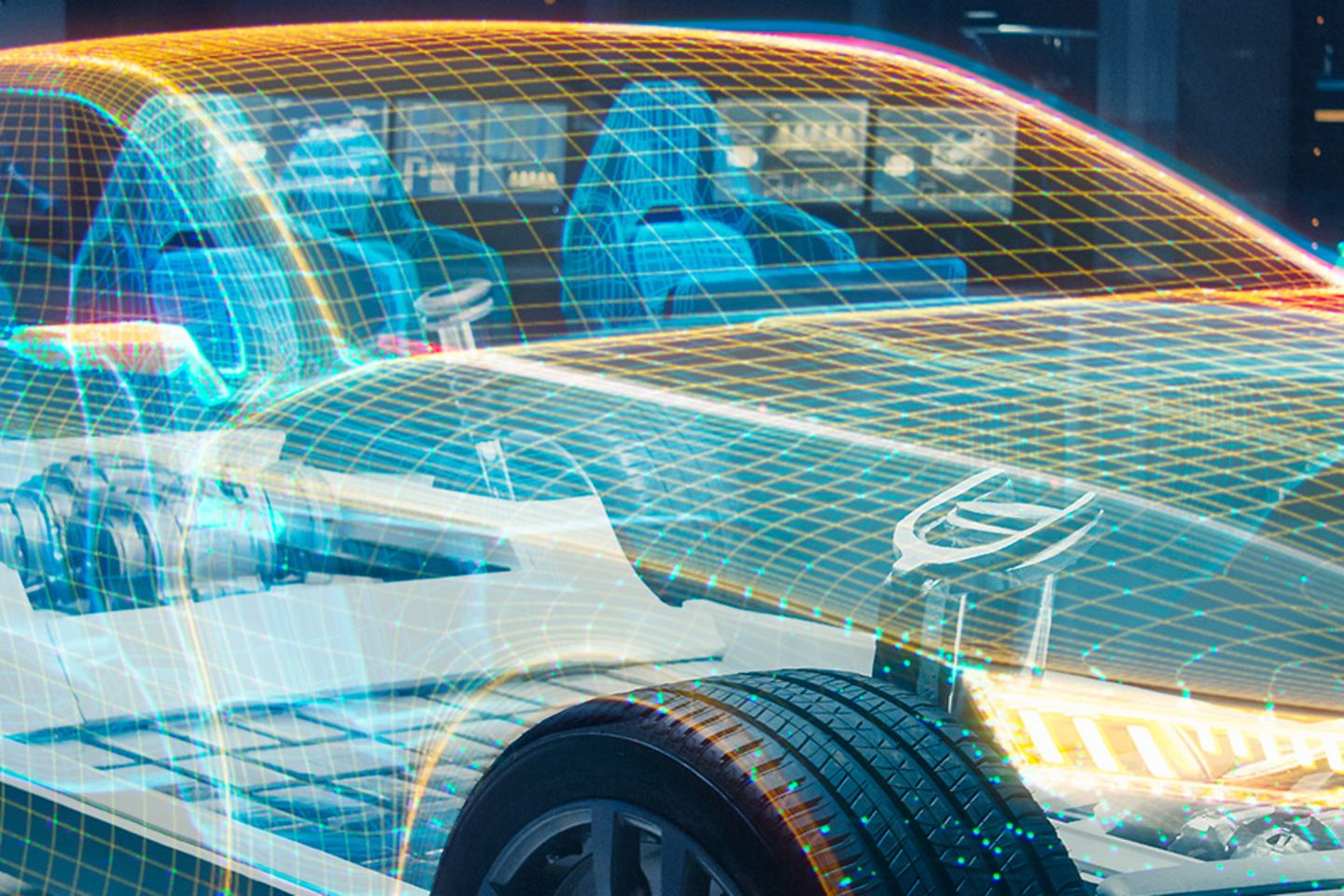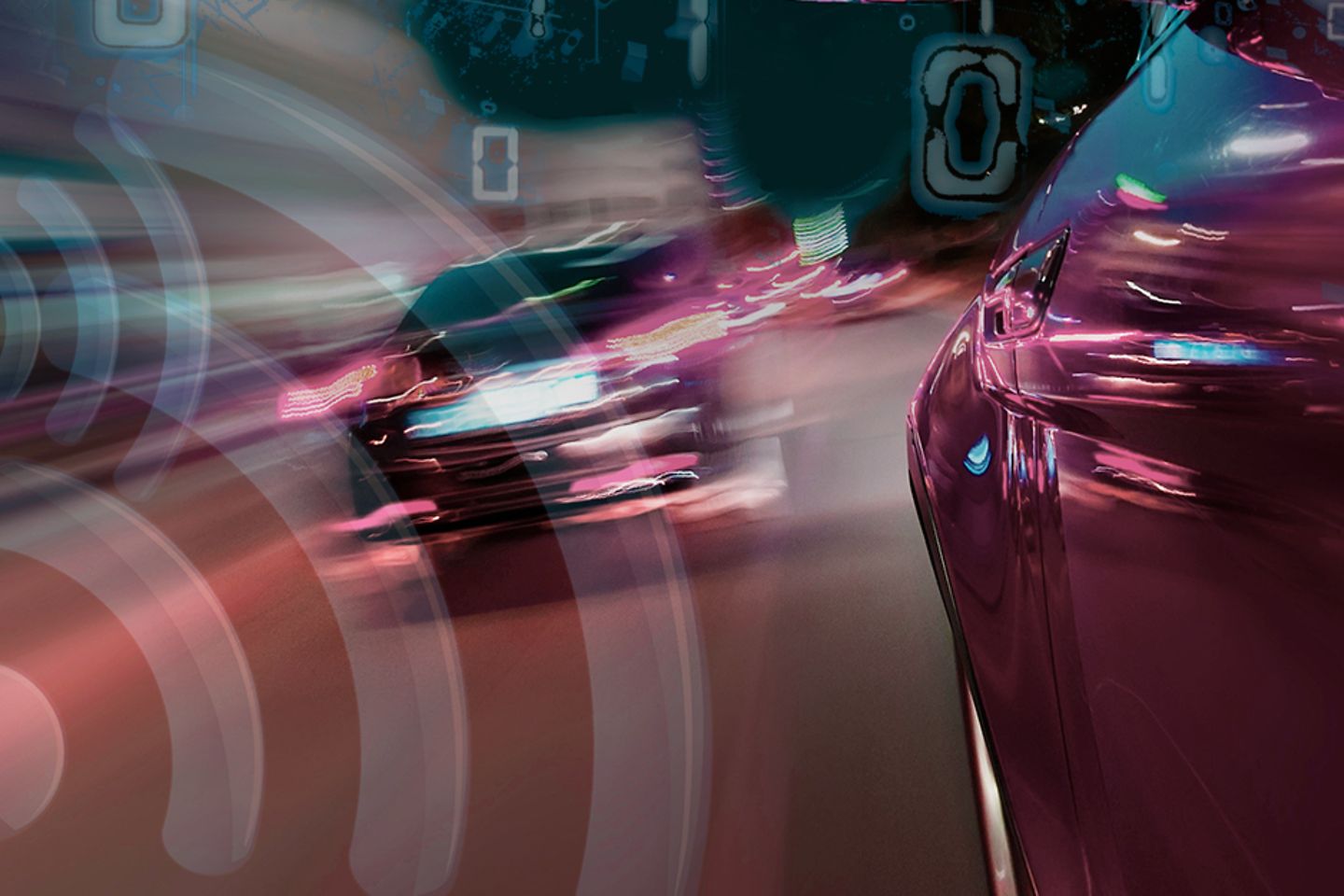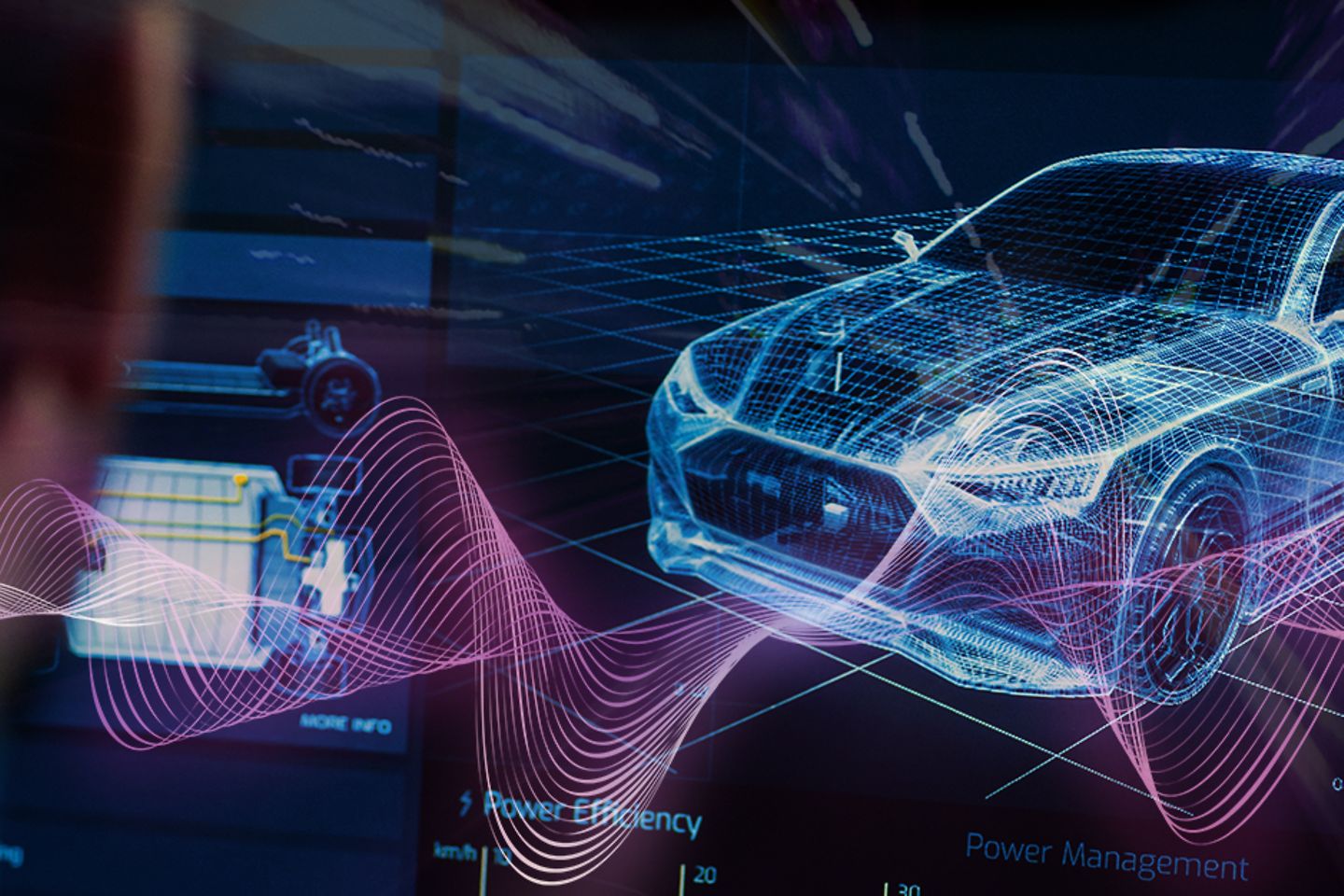
Car users are increasingly seeing their vehicle as part of their digital service system. They want to use all services "on board" seamlessly. A challenge for automotive manufacturers, but also a unique opportunity. Which components are needed to build a platform for the vehicle of the future which reflects the needs of different users?

In my last post I delved quite deeply into the automotive vision box. In this post I try to get back down to earth and develop the future of networked mobility from “today”. In doing so, I would like to bring two perspectives together: On the one hand, the trends that shape the market – or in other words: What do vehicle users want, what do they expect from their next car? On the other hand, I want to look at the direction in which cars need to develop. Which means: What technologies and concepts do car manufacturers need for their products?
Let us first take a look at the automobile users. Because the cars of the future will have to meet their demands.
A few years ago, research showed that young people in particular first thought of the smartphone when they were asked about mobility solutions - instead of answering with “car”. Admittedly, this realization has gathered dust since then, but in the midst of this dust glitters the famous grain of truth: The maxim is not “smartphone instead of car”, but “smartphone plus car”, as die WELT already wrote in 2013. Or maybe even better: The “car as a smartphone”.

In summary: Digital services are becoming purchase criteria for cars. And this has also been confirmed by a Bitkom study: We must learn to understand the car as more than just a networked device within a network of end devices. It must be as easy to use as a smartphone, and it needs the same functionality. And the same ecosystem approach. Does this sound like manager talk now?
An example may help: If I install a new app on my iPhone, I might want to use it on my iWatch as well. And to do this, I don't need a big installation process. A simple push of a button is enough to use the app on my iWatch. Now imagine you replace the iWatch with your car. Wouldn't it be great if it were that easy to install the iPhone app in your car?
Instead of meeting the user in his own app world, automotive OEMs offer their own closed ecosystems. But why should the buyer spend a lot of money on a navigation system, if he could easily use the powerful navigation app of his smartphone for free? All services of the volatile app universe, such as TikTok etc., can be accessed on mobile phones simply. The car is being left out here, and is still seen only as a means of transportation.
“The crucial question is: When it comes to using digital resources and services in the car, could a “new simplicity” not ultimately prove to be a competitive advantage?”
The answer sounds simple: Onwards to the software-defined car! In the future, the differentiation and a considerable part of the added value of a car will be created on the virtual/digital level.
Six prerequisites are relevant for this:
Digitization is everywhere: Networked consumers expect networked driving. Networked driving means integrating “car time” into the “life time” outside the car. An intelligent vehicle platform must be able to master this task. It therefore makes an important contribution towards the added value of the car. Future networked vehicle platforms will become 360-degree service platforms. They will be the basis for a wide range of different services - which also go well beyond the car itself. Initially, individual customer service, fleet and individual vehicle management will be covered. To this end, they will maintain customer relations and offer a feature-on-demand marketplace. And last but not least, they will provide access to ecosystem services of automotive manufacturers and third party providers. They will become a digital customer interface, an in-car store that leads to different offers and enables new business models to be designed.
What components and architecture are needed to enable OEMs to offer such a platform to their customers?”